Switch Plate Rotation
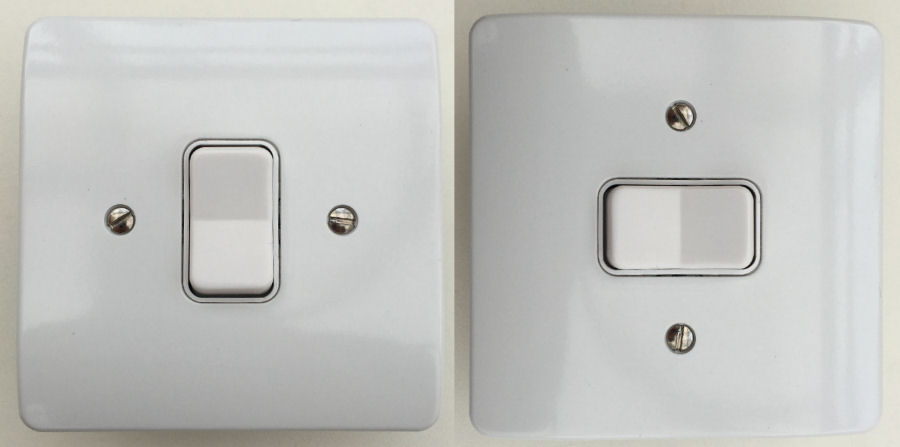
There are a few places in my smart home where I would like to mount MK Grid switches at 90° to the usual orientation, to improve the user experience and make the user interface (i.e. the switches) more intuitive.
The main example where I want to do this is with an automated pair of curtains. With a switch mounted on the wall to the right of some curtains it is more intuitive user interface, to press the right side to open them and the left side to close them.
With a single curtain, it feels even more intuitive to have a left/right switch rather than an up/down switch.
With all examples like this, I also label my switches using high quality, cut vinyl labels. Fortunately, I have a friend with a vinyl cutting business and can get any design done for not a lot of money.
MK Grid Switches
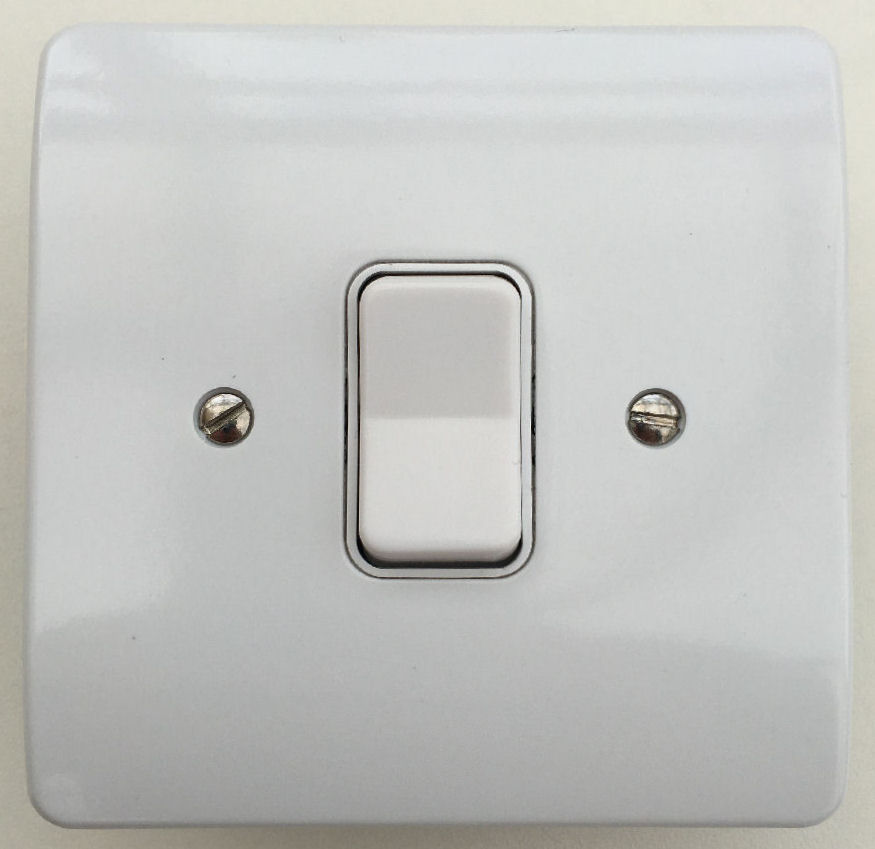
In my current home, I use MK Grid switches as my 'standard' choice for switches because they are very high quality, look great, have a nice quality feel in operation and come in a wide range of options, including latching and momentary/retractive options. The can also be bought in 1-gang, 2, 3, 4 and even 8-gang layouts.
The switch shown here is a K4900 on-off-on switch that does not latch (normal position is centre off). These are really good for controlling automated curtains and blinds, where you need on 'button' for open and another for close.
In my next home, I also plan to use the same switches and you can read a lot more about how I use MK Grid switches.
Options
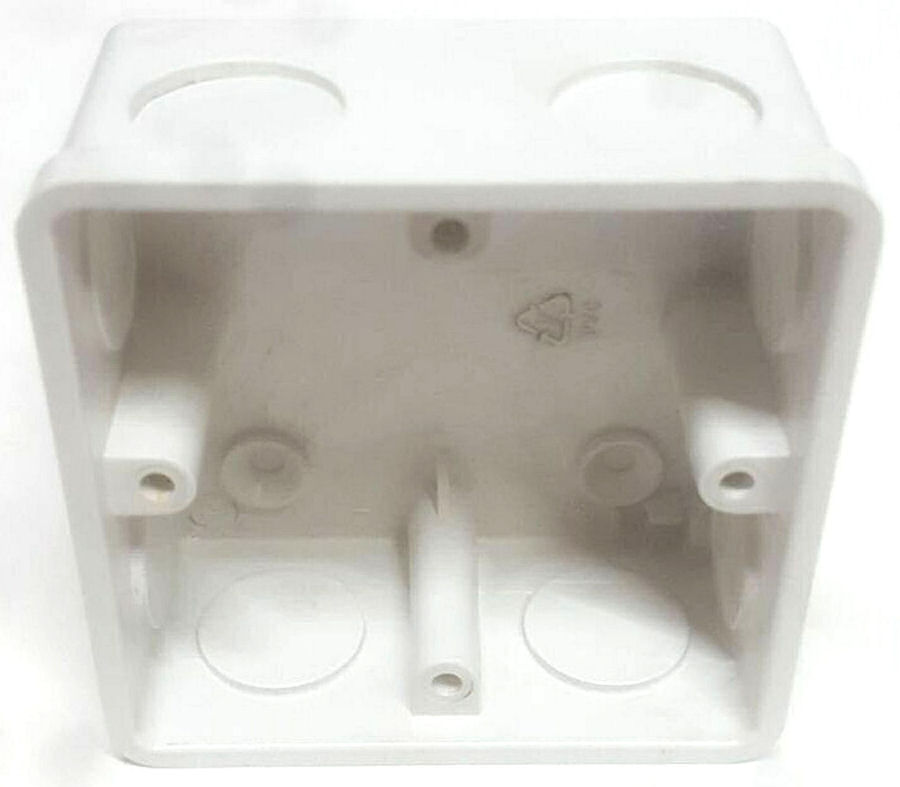
In some homes, you may be lucky enough to have switch back boxes with 4 lugs or screws, that enable this kind of rotation easily. In my current home none of the back boxes fitted are like this.
The other option is to just rotate the switch box but, this is not always easily achieved and can be a lot more effort than just using the adaptor outlined below. Where I do decide to do this, I also replace the back box with a deeper, plastic one with the 4 required screws. The wires would all need to be disconnected and safely terminated, the box would then need to be removed. For a lot of people this would mean calling out an electrician, to do the job safely. This obviously adds a lot to the costs involved.
In many homes, removing the back boxes can be challenging because the plaster or plaster board extends over it. In my current home these boxes are really hard to remove in most cases. Some have been surrounded by plaster which holds them in place and whilst changing them is possible, it is a time consuming job to do neatly.
If I'm ever going to fit any kind of wireless switch module in the box (behind a switch), then I will always replace the back box with a plastic one anyway. Metal back boxes have a big impact on wireless range of Z-Wave and ZigBee radios.
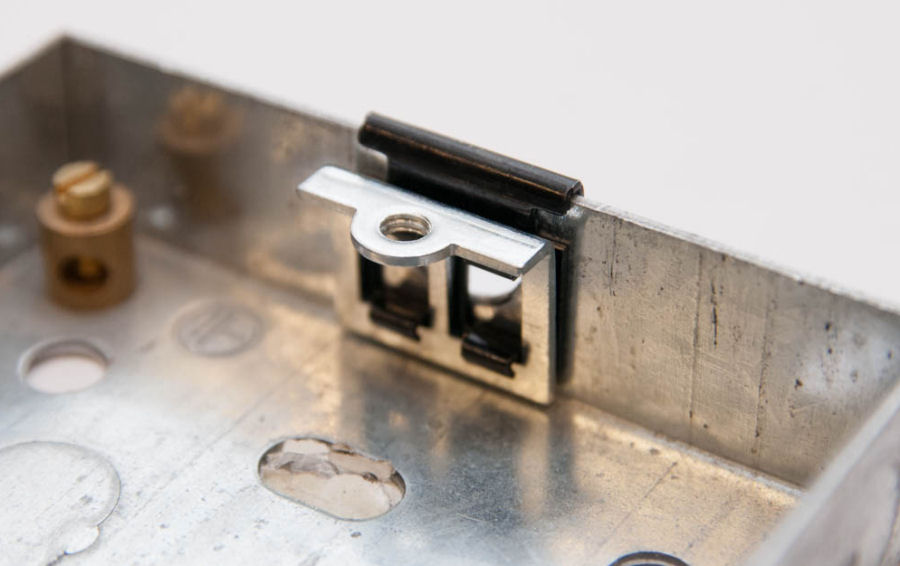
Another option is to use box repair clips but these work out more expensive than my 3D printed adapter and are harder to fit.
There are some situations where it is just going to be much easier and cheaper to use a 3D printed adapter and this project is about designing and 3D printing the required part. They don't require any permanent changes to be made or require any messing about with the wiring.
Design

My solution is to 3D print a thin (2mm thick) adapter plate, which enables the switches to be mounted at 90 degrees. It is just 2mm thick and printed using white PLA. Designing something like this is really easy to do using a tool like Autodesk Fusion 360.
You can download the STL file.

Two of the holes have suitably shaped (hex) voids for captive nuts (M3.5 × 0.6mm thread pitch). These are for the screws that hold the switch cover plate on. The nuts sit in a hex-shaped 'hole' to stop them spinning. I had planned to glue them in place to stop them falling out but this isn't required.
The M3.5 nuts are 2.6mm deep and designed for a 6mm spanner, resulting in a maximum radius of 6.7mm.
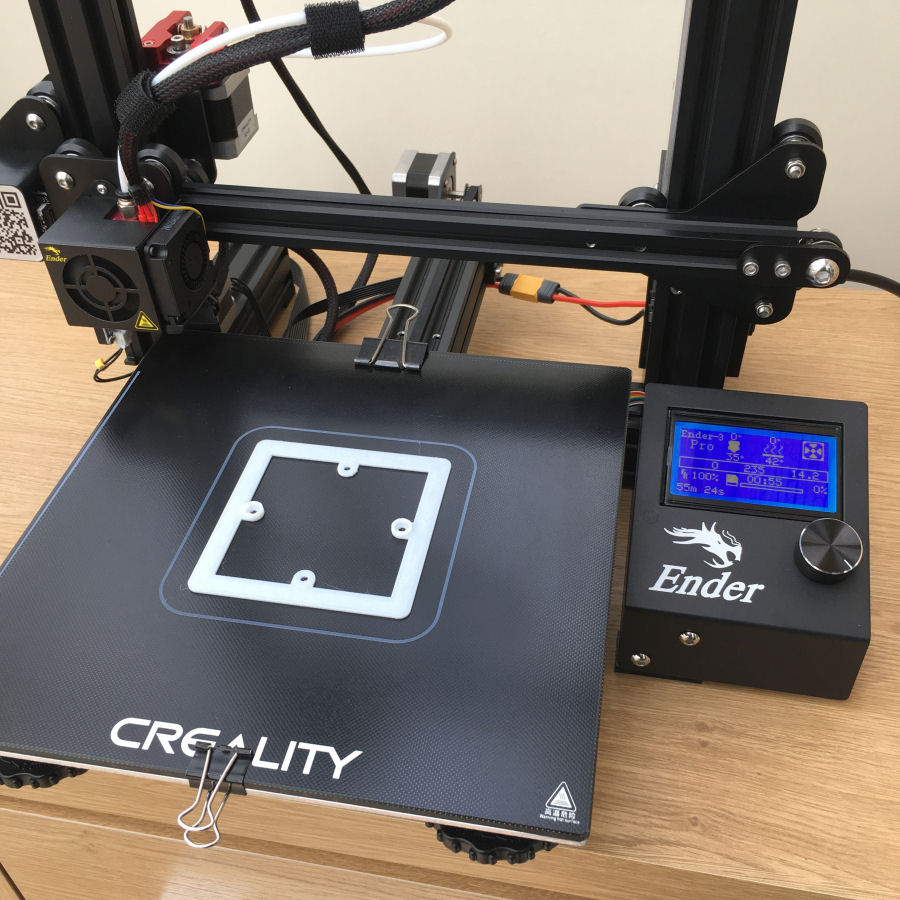
I printed the final design on my Ender 3 Pro and it took about 55 minutes to print.
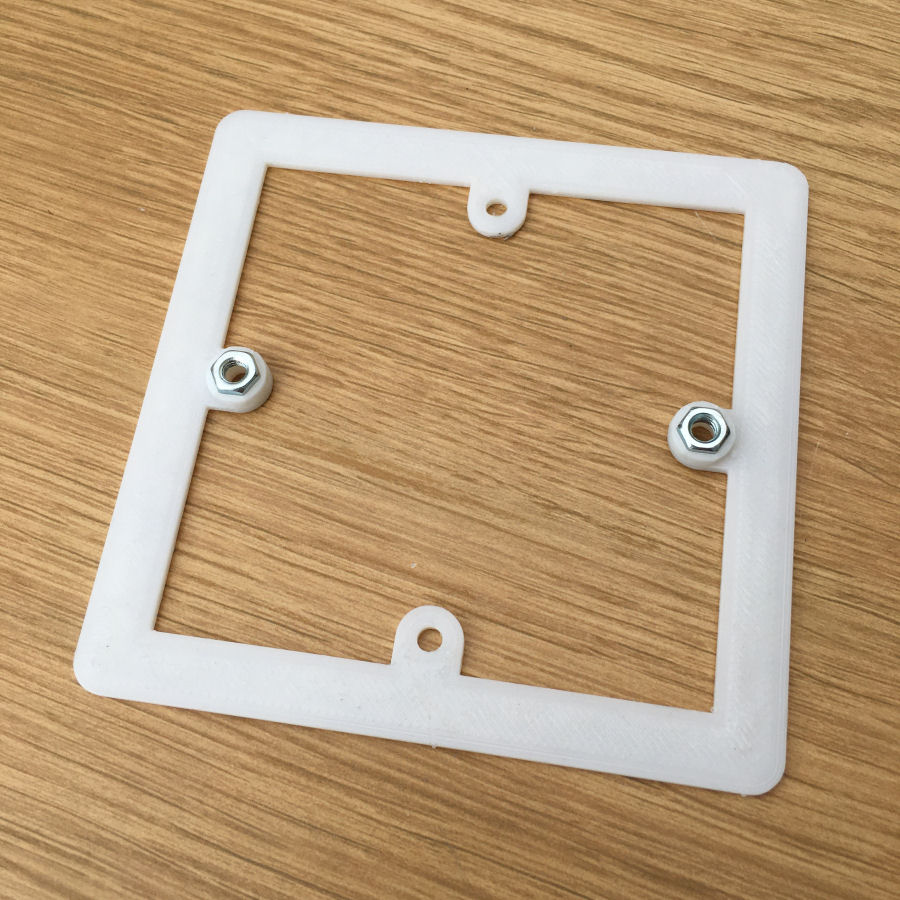
The completed part works really well and fitting the nuts was really easy. In use this plate is virtually invisible too.
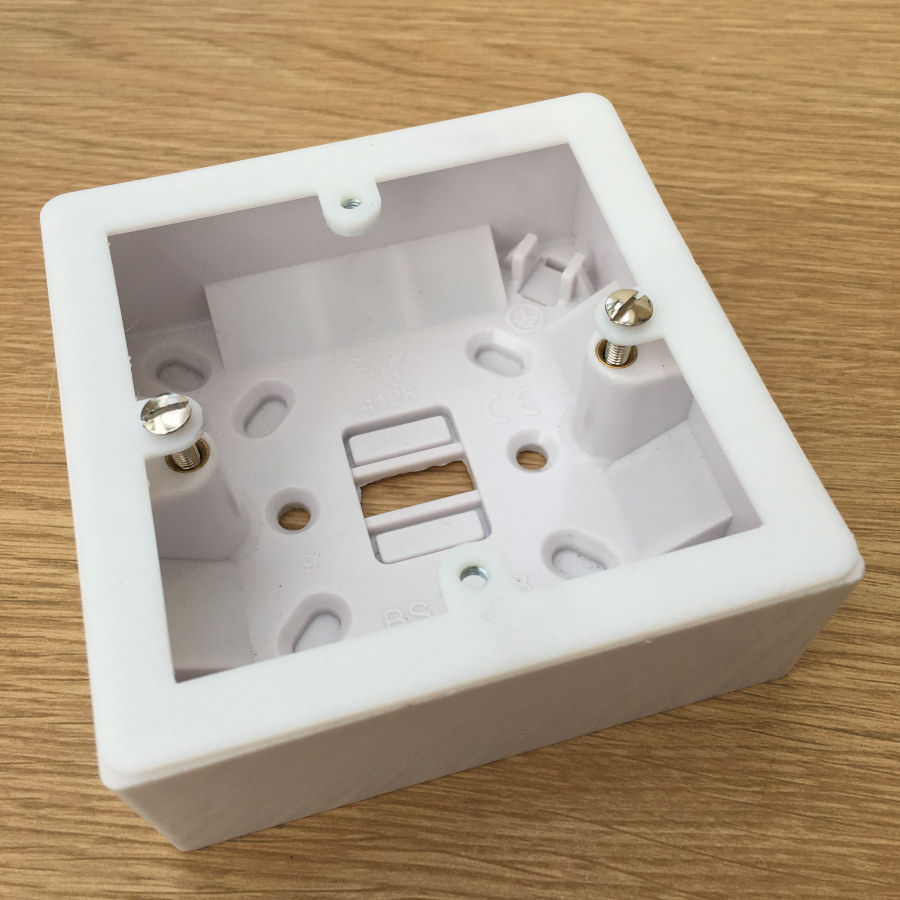
It is shown fitted to a surface box here, to show how it works.
Summary
For some installations, this 3D printed part is just the simplest and easiest way to rotate the switch plate by 90°. Obviously, this will not be an issue in a new build because I would just install back boxes with 4 screws or lugs.
Some people might ask, why I'm even bothering with switches at all but, having a range of user interfaces is what makes a great smart home user experience and sometimes it's just easier to use the switches right in front of you. Mostly, I aim for a zero touch user experience though, where things just work intelligent around us in our contextual smart home. You can read a lot more about how I use MK Grid switches in my smart home.
The way I've wired my automated curtains, blinds and switches also means they all work during power outages, simply because they sit behind a UPS. With a power outage in most modern homes, the last thing you need is to not be able to open your curtains in the morning!



